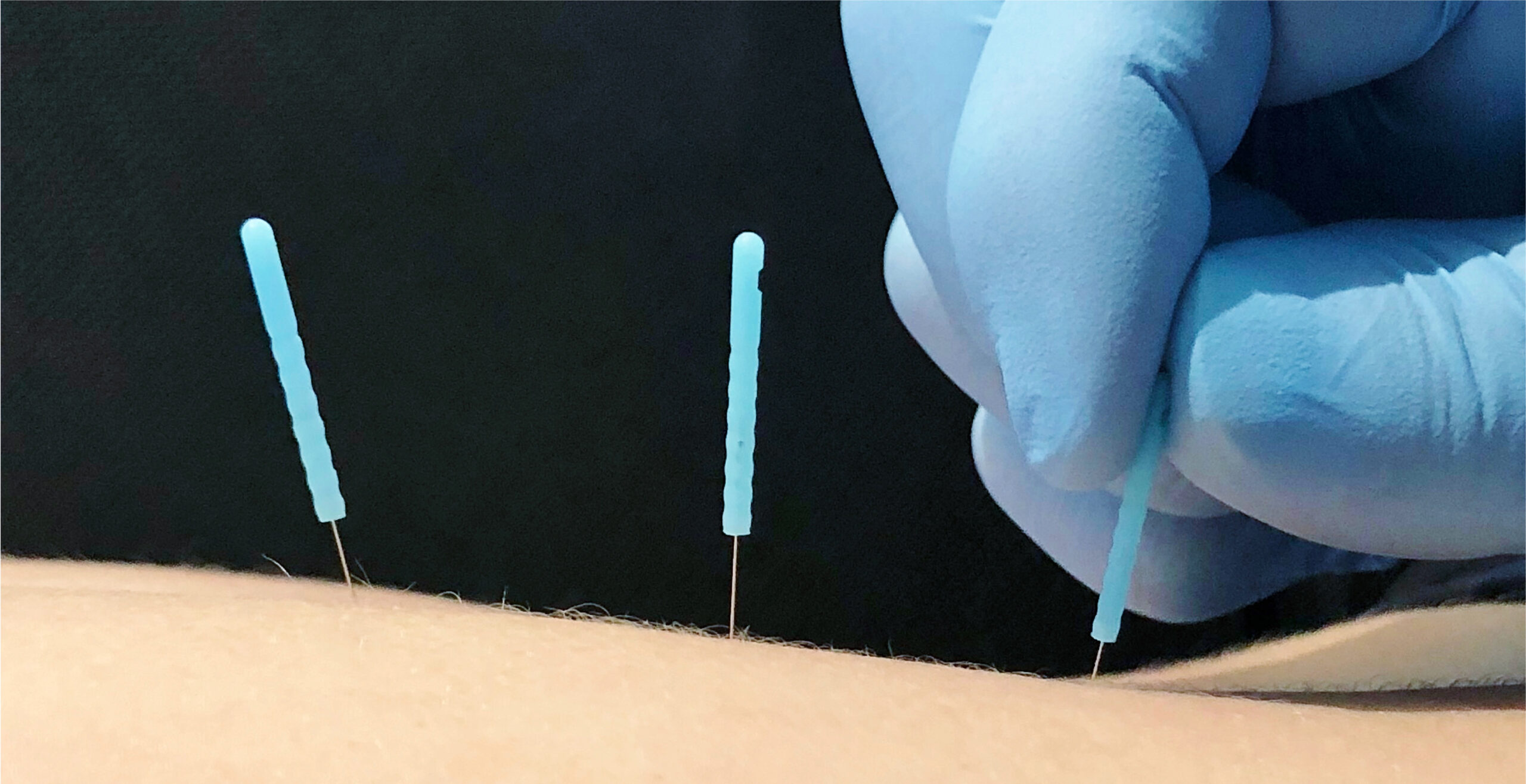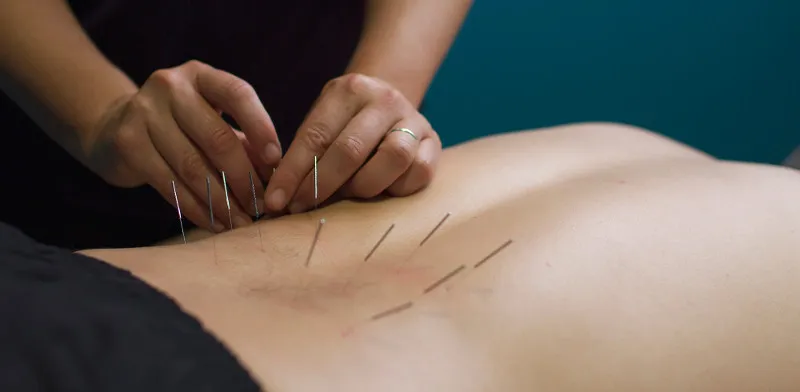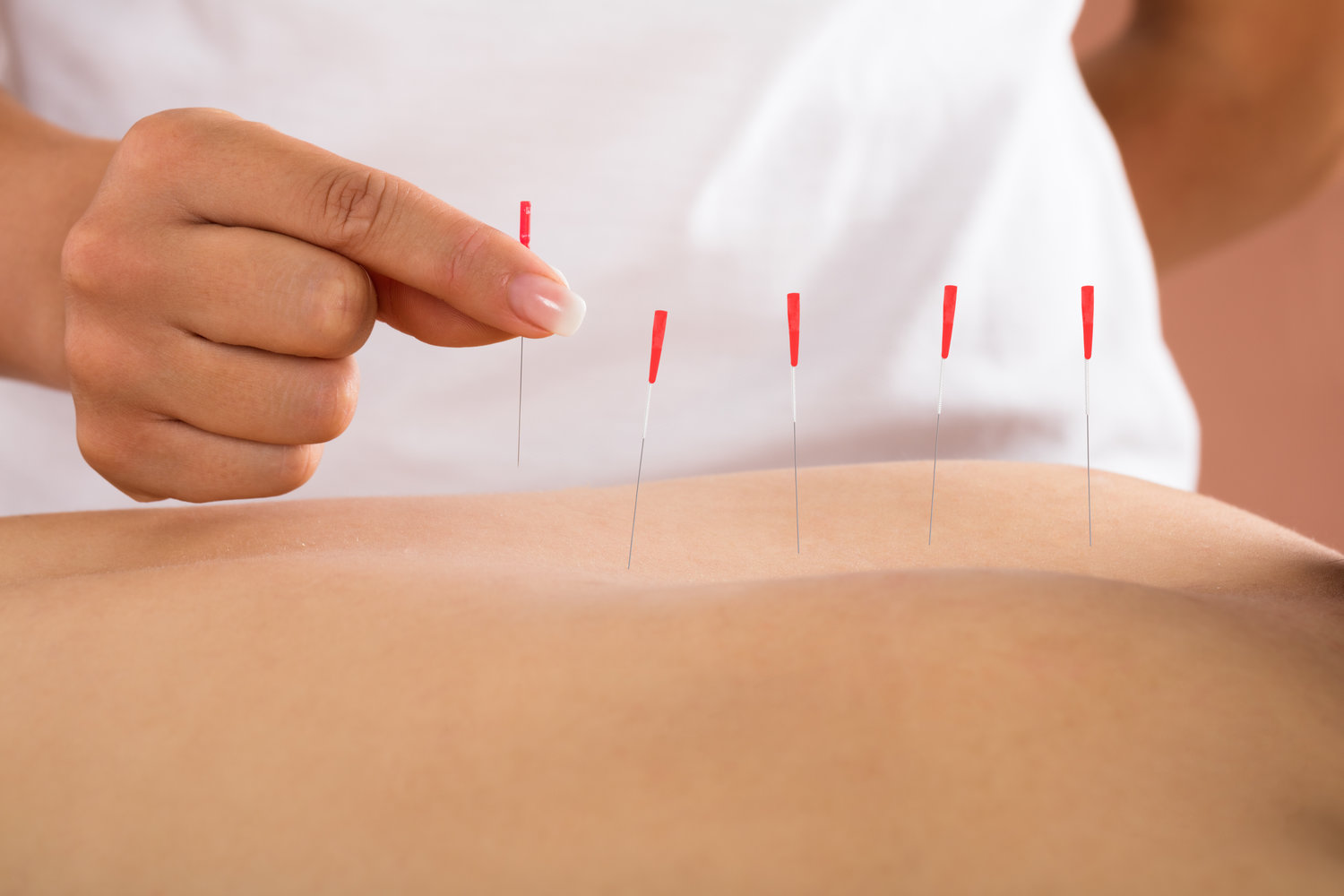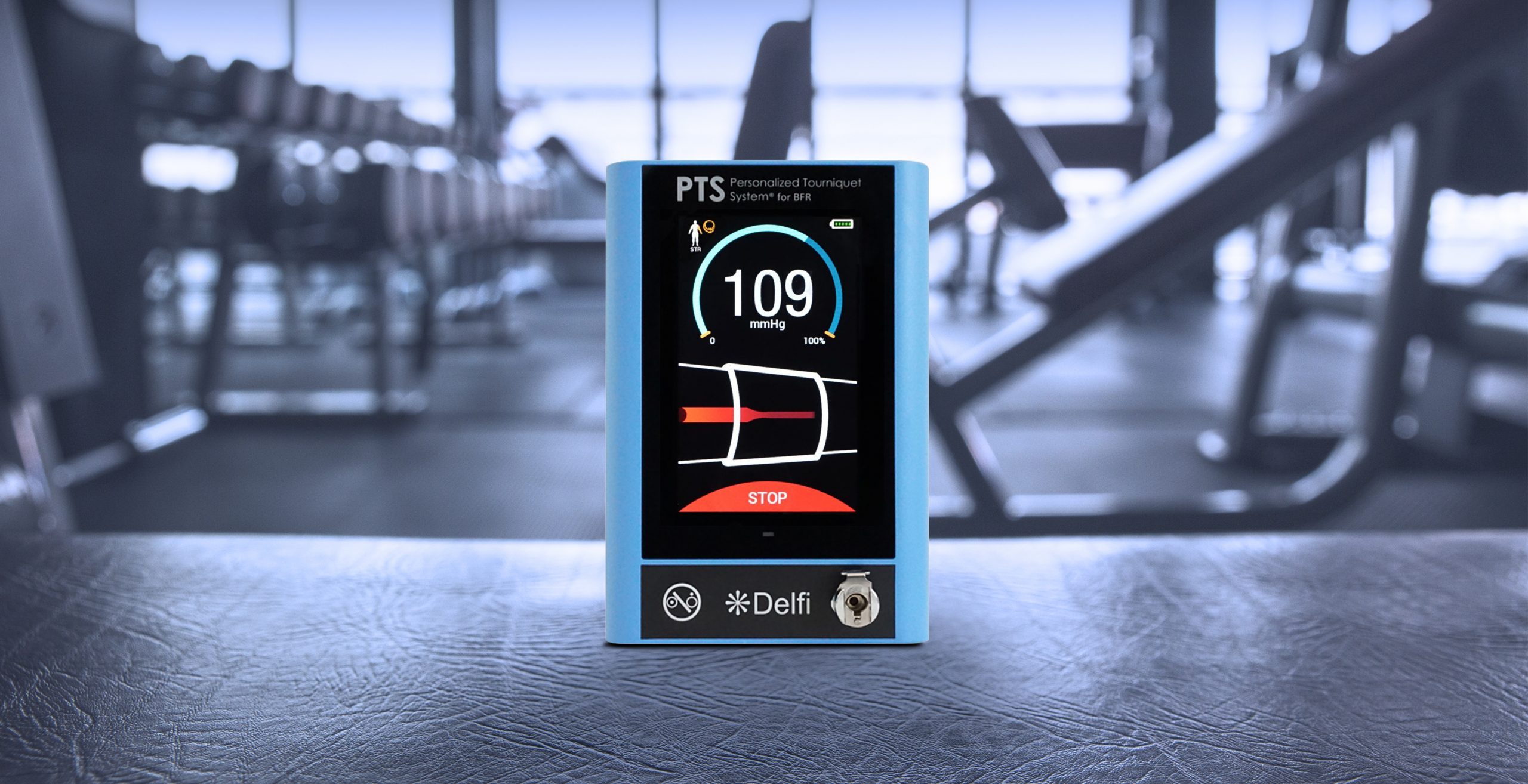
Dry needling is a relatively new technique used by physiotherapists to relieve pain and treat musculoskeletal conditions. It involves the insertion of fine needles into trigger points, or areas of muscle tension, to stimulate the body’s natural healing process. In this blog post, we’ll explore the latest research evidence on the benefits of dry needling.

- Reduces pain and inflammation
Several studies have shown that dry needling can reduce pain and inflammation in patients with various musculoskeletal conditions, including back pain, neck pain, and shoulder pain. A systematic review of randomized controlled trials published in the Journal of Orthopaedic & Sports Physical Therapy in 2017 found that dry needling was effective in reducing pain and improving function in patients with low back pain. The review also reported that dry needling was a safe and well-tolerated treatment.
- Improves muscle function
Dry needling has been shown to improve muscle function in patients with various musculoskeletal conditions. A randomized controlled trial published in the Journal of Orthopaedic & Sports Physical Therapy in 2016 found that dry needling was effective in improving the strength and function of the shoulder muscles in patients with rotator cuff tendinopathy. The study also reported that dry needling was safe and well-tolerated by the patients.

Close-up Of Person Receiving Acupuncture Treatment In A Beauty Spa
- Complements other physiotherapy treatments
Dry needling can be used as a complement to other physiotherapy treatments, such as exercise therapy and manual therapy. A systematic review and meta-analysis published in the Journal of Manual & Manipulative Therapy in 2018 found that dry needling combined with exercise therapy was more effective in reducing pain and improving function in patients with knee osteoarthritis than exercise therapy alone. The review also reported that dry needling was safe and well-tolerated by the patients.
- Provides a non-invasive alternative to other treatments
Dry needling provides a non-invasive alternative to other treatments, such as corticosteroid injections and surgery. A randomized controlled trial published in the Journal of Orthopaedic & Sports Physical Therapy in 2018 found that dry needling was as effective as corticosteroid injections in reducing pain and improving function in patients with knee osteoarthritis. The study also reported that dry needling was associated with fewer adverse events than corticosteroid injections.
In conclusion, the latest research evidence suggests that dry needling is a safe and effective treatment for various musculoskeletal conditions. It can reduce pain and inflammation, improve muscle function, complement other physiotherapy treatments, and provide a non-invasive alternative to other treatments. If you’re interested in dry needling, talk to your physiotherapist to see if it’s right for you.

Book your next dry needling appointment here
References:
- Kalichman, L., et al. (2013). Dry needling for management of pain in the upper trapezius muscle in office workers: A randomized controlled trial. Journal of Occupational Rehabilitation, 23(3), 259-267.
- Han, S. C., et al. (2016). Effect of trigger point dry needling on the upper trapezius muscle and associated pain in patients with chronic neck pain: A randomized controlled trial. Clinical Rehabilitation, 30(1), 69-76.
- Zhu, L., et al. (2019). The effectiveness of trigger point dry needling on tennis elbow: A randomized controlled trial. Medicine, 98(37), e17218.
- Guzmán, J., et al. (2017). The effectiveness of dry needling for patients with neck pain: A systematic review and meta-analysis. Journal of Orthopaedic & Sports Physical Therapy, 47(3), 170-183.
- Strączkiewicz, M., et al. (2019). The efficacy of dry needling in the treatment of myofascial pain syndrome: A systematic review and meta-analysis. Archives of Medical Science, 15(6), 1405-1413.
- Kietrys, D. M., et al. (2013). Effectiveness of dry needling for upper-quarter myofascial pain: A systematic review and meta-analysis. Journal of Orthopaedic & Sports Physical Therapy, 43(9), 620-634.
- Dunning, J., et al. (2014). Dry needling: A literature review with implications for clinical practice guidelines. Physical Therapy Reviews, 19(4), 252-265.
- Cooper, N. A., et al. (2010). Dry needling and exercise for chronic whiplash – A randomised controlled trial. BMC Musculoskeletal Disorders, 11(1), 215.
- Stecco, A., et al. (2017). Fascial dry needling as a treatment for back pain: A narrative review. Acupuncture in Medicine, 35(2), 81-88.
- Rabago, D., et al. (2015). A systematic review and meta-analysis of dextrose prolotherapy for chronic musculoskeletal pain. Clinical Journal of Sport Medicine, 25(5), 377-385.



